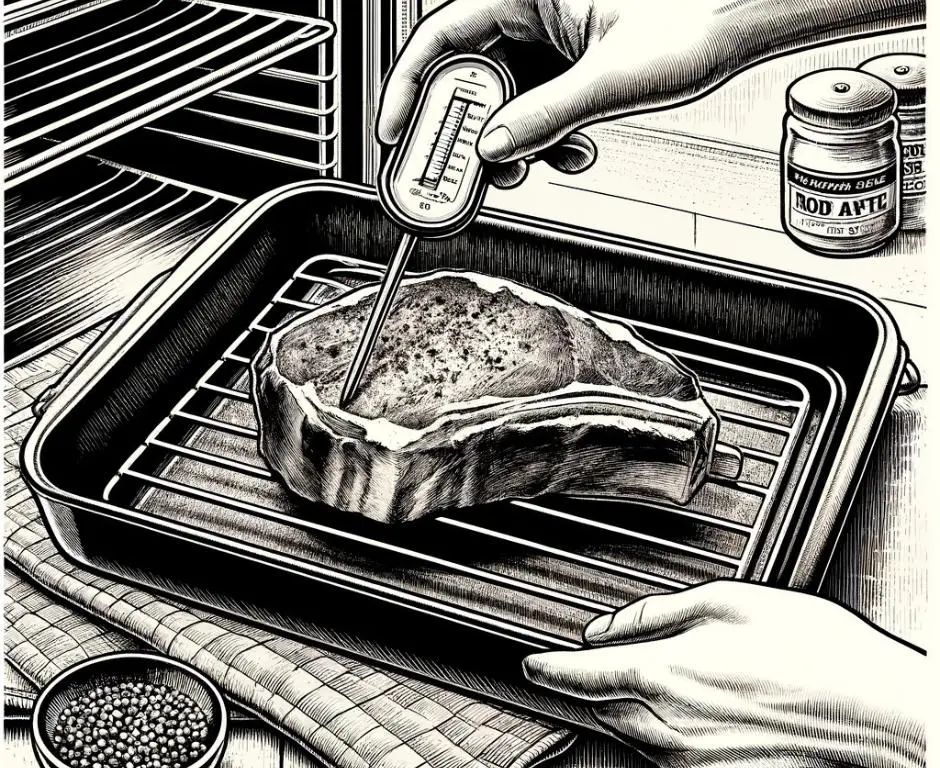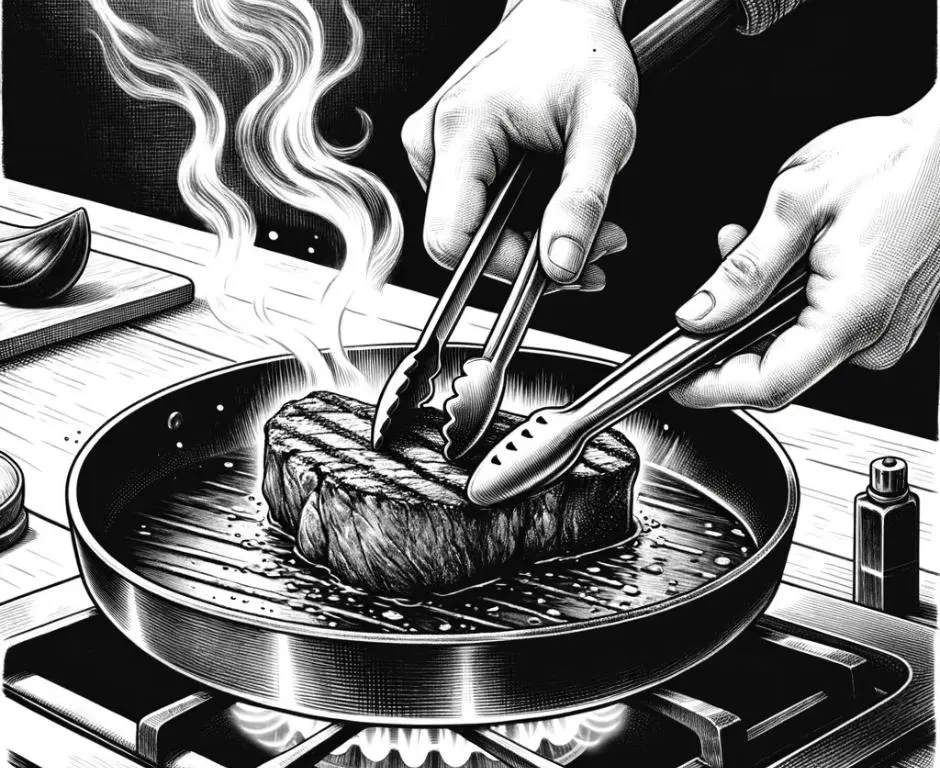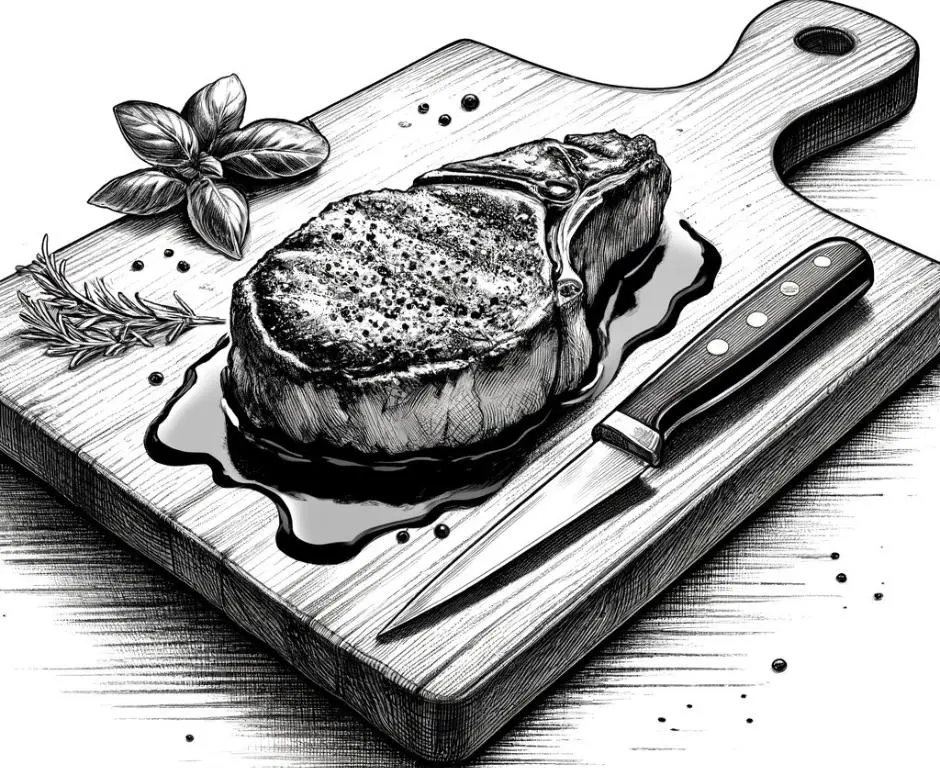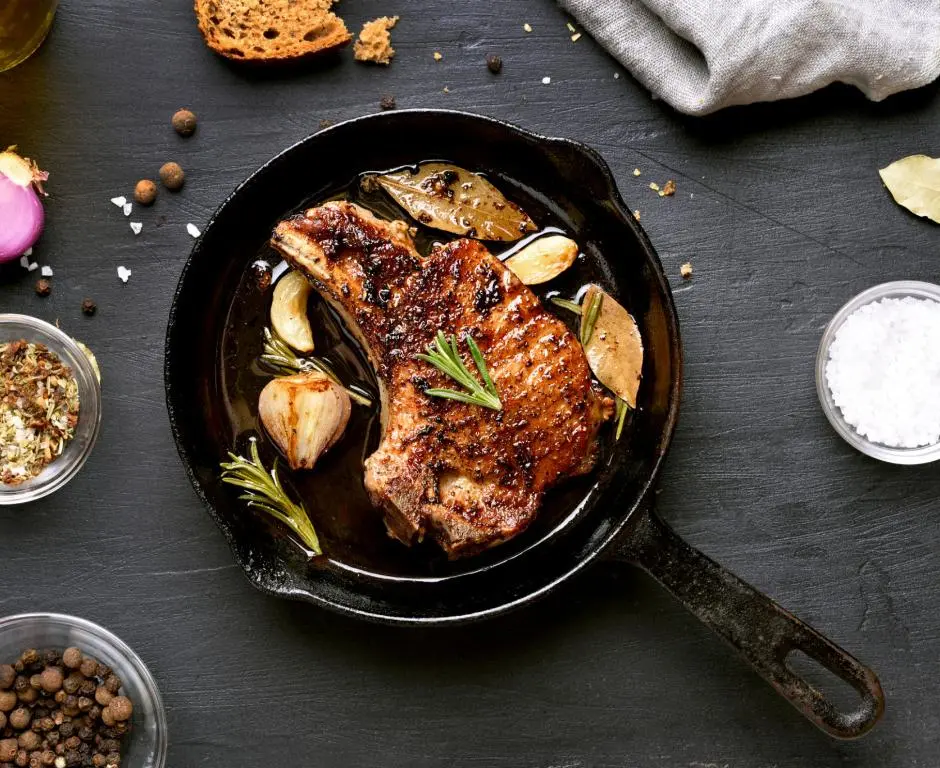Reverse pan searing is a fantastic technique for cooking meat that combines slow roasting and high-heat searing. This method ensures that your meat is evenly cooked to the perfect doneness with a deliciously crispy exterior.
Ideal for thick cuts of meat, reverse pan searing avoids the pitfalls of traditional searing, such as uneven cooking and overly charred exteriors.
In this guide, we’ll explore the benefits of reverse pan searing and provide a detailed step-by-step process to help you achieve mouthwatering results.
What is Reverse Pan Searing?
Reverse pan searing flips the traditional searing method on its head. Instead of starting with a high heat sear and finishing in the oven, reverse pan searing begins with gently roasting the meat at a low temperature in the oven and finishing it with a quick sear in a hot pan.
This method provides greater control over the internal temperature, resulting in a uniformly cooked interior and a beautifully browned crust.
Best Cuts for Reverse Pan Searing
The reverse pan searing method is particularly well-suited for thicker and larger cuts of meat that benefit from careful cooking:
- Beef: Thick-cut steaks like ribeye, porterhouse, or filet mignon.
- Pork: Thick pork chops or whole pork tenderloins.
- Lamb: Thick lamb chops or a leg of lamb.
- Other Meats: It can also be applied to duck breasts and larger game meats that require careful handling to retain moisture.
These cuts thrive under the gentle heat of the oven, allowing their internal temperature to rise slowly, reducing the risk of overcooking.
Step-by-Step Guide to Reverse Pan Searing Meat
Equipment Needed:
- Oven
- Cast iron skillet or heavy frying pan
- Meat thermometer
- Tongs
Cooking Steps:
Preparation:
Preheat your oven to a low temperature, around 275°F (135°C).
Season your meat generously with salt and pepper.
Oven Roasting:
Place the seasoned meat on a rack in a roasting pan or on a baking sheet.
Insert a meat thermometer into the thickest part of the meat.
Roast until the meat is about 10-15°F (5-8°C) below your desired final temperature. For medium-rare beef, remove it at 120°F (49°C).

Heat the Pan:
While the meat rests, heat a skillet over high heat. Add a small amount of high smoke point oil, such as canola or grapeseed.
Searing:
Once the skillet is smoking hot, place the meat in the pan.
Sear each side for 1-2 minutes until a rich, golden crust forms.

Rest the Meat:
Transfer the seared meat to a cutting board and let it rest for a few minutes. This allows the juices to redistribute, ensuring a moist and tender final product.

Tips for Perfect Reverse Pan Searing
- Monitoring Temperature: Using a meat thermometer is crucial for this method to avoid under or overcooking.
- Resting: Allow the meat to rest both after roasting and after searing to stabilize the juices.
- High Heat for Searing: Make sure your pan is extremely hot before adding the meat to achieve a quick and effective sear.
Common Mistakes to Avoid
- Skipping the Rest: Not allowing the meat to rest after roasting and before searing can lead to uneven cooking.
- Overcrowding the Pan: Sear only one or two pieces of meat at a time to maintain the temperature of the pan.
Conclusion
Reverse pan searing is a technique that requires patience and attention to detail, but the results are well worth the effort. With its ability to evenly cook thick cuts while achieving a flavorful crust, reverse pan searing can elevate your home-cooked meals to a professional level.
Whether for a special occasion or a regular family dinner, mastering this technique will make you a star in the kitchen.
